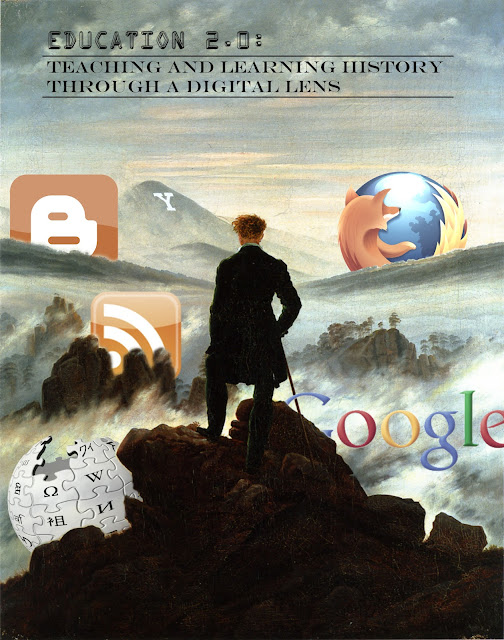Before starting the fall semester in August I still needed to fulfill my civilization 2 GE class so I could graduate next year. I took a great civilization 1 class over the summer semester I was wondering which flavor of civ 2 class I should take: Western Civ, Literature, Anthropology, etc.. Amid my deliberations I felt like I really needed to take the Honors version. I had no idea what I was signing myself up for. All I knew was that I should take Honors 202. Turns out that that decision was very inspired because I have learned so much over the course of the Honors 202 class which turned out to be a Digital Civilization class. To learn more about the class, read some of my older posts, especially my other reflections.
 |
Part of my digital civilization class required us to do self directed learning, in other words, take our learning into our own hands. I think I did a pretty good job at that however I don't think it is as well documented in my recent blogging. I have spent most of my blogging time creating event recaps, connecting with people like Neil Howe, and asking for ideas for my final project.
As far as looking into the future, I definitely plan on continuing to apply the things that I have learned in my digital class. I want to continue to intelligently consume the internet, create content for others on the internet, and connect with others of similar interests. I have been selected to be the commander of the training cadets in the Air Force so I plan on using a lot of the digital tools in making it easier for the cadets in training to learn. I also am intrigued by the idea of open notebook science. Since I will be working on my exoplanetary research this coming semester, I want to create a new blog that will log my research and try and connect to others in the field.
I am really grateful to the teachers of my Digital Civilization class because the really opened my eyes up to a whole new way of learning. I look forward to sharing the things I have learned with others.











































